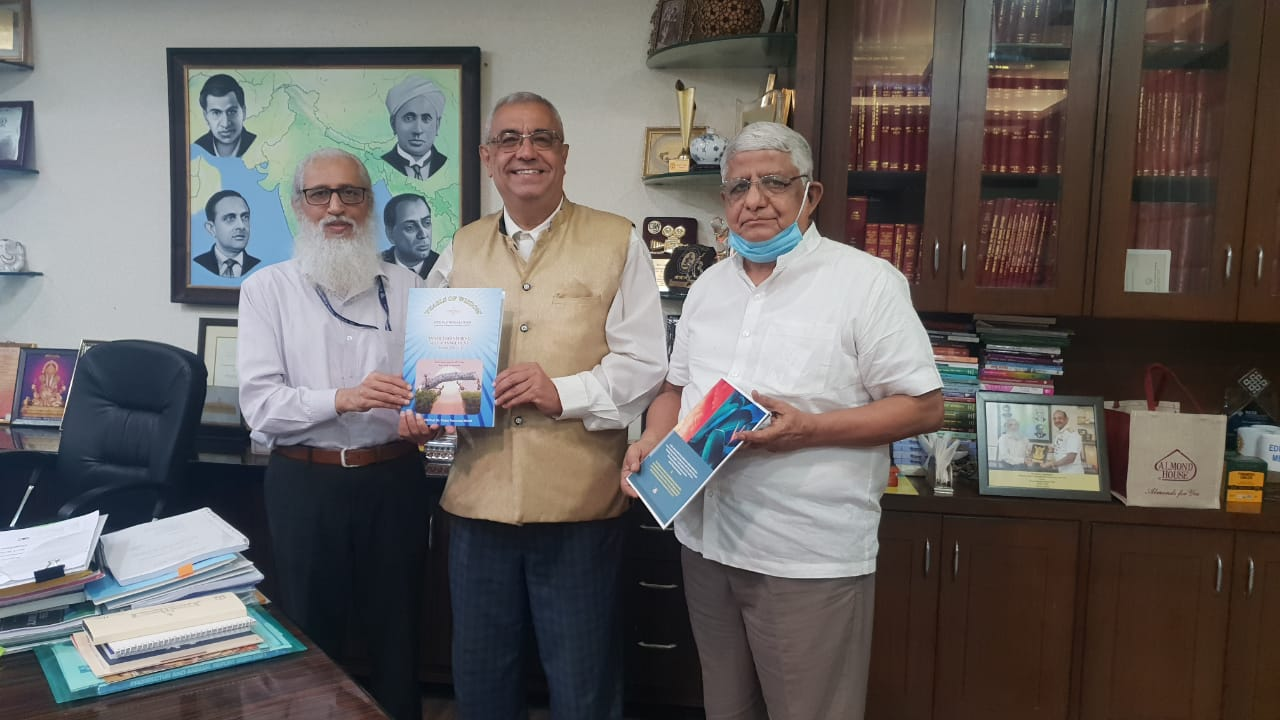Article
Magnificent Past
Mathematics – Ganit shastra a subject emerged in Indian Subcontinent not in the form in which it exists today, but it was a tool used in subjects of Astronomy and Astrology which were based on certain calculation mainly to ascertain properties of terrestrial structures what we call as planets today. By certain vague obscure calculations efforts were done to ascertain their Astro-structural significance like distance from Earth, their movement, orbit, in identical way to what NASA , ISRO and other space agencies are doing also they were trying to find out very effect of these planets on human beings
Not only this but ancient seers were of belief that for religious fire-pit altar specific calculations were done and are defined in Shulbsutras.
Later all these calculations were compiled leading to evolution of Mathematics as subject. Indians began a systematic use of symbols to denote unknown quantities and arithmetic operations. The four arithmetic operations were denoted by "Yu", "ksh" "gu" and "bha" which are the first letters (or a little modification) of the corresponding Sanskrit words Yuta (addition), ksaya (subtraction), Guna (multiplication) and bhaga (division); similarly, "ka" was used for karani (root), while the first letters of the names of different colours were used to denote different unknown variables. This introduction of symbolic representation was an important step in the rapid advancement of mathematics. While a rudimentary use of symbols can also be seen in the Greek texts of Diophantus, it is in India that algebraic formalism achieved full development.
Ancient Indian algebra went far beyond the high school level. The pinnacle of Indian achievement was attained in their solutions of the hard and subtle number theoretic problems of finding integer solutions to equations of first and second degree. Such equations are called indeterminate or Diophantine equations. But alas, the Indian works in this area were too far ahead of the times to be noticed by contemporary and subsequent civilizations! As Cajori laments, “Unfortunately, some of the most brilliant results in indeterminate analysis, found in the Hindu works, reached Europe too late to exert the influence they would have exerted, had they come two or three centuries earlier."
Without some awareness of the Indian contributions in this field, it is not possible to get a true picture of the depth and skill attained in post-Vedic Indian mathematics the character of which was primarily algebraic.
Thus, evolved was Bharatiya Ganit shastra – all the way ahead of pre-Christ to post- Christ era.





